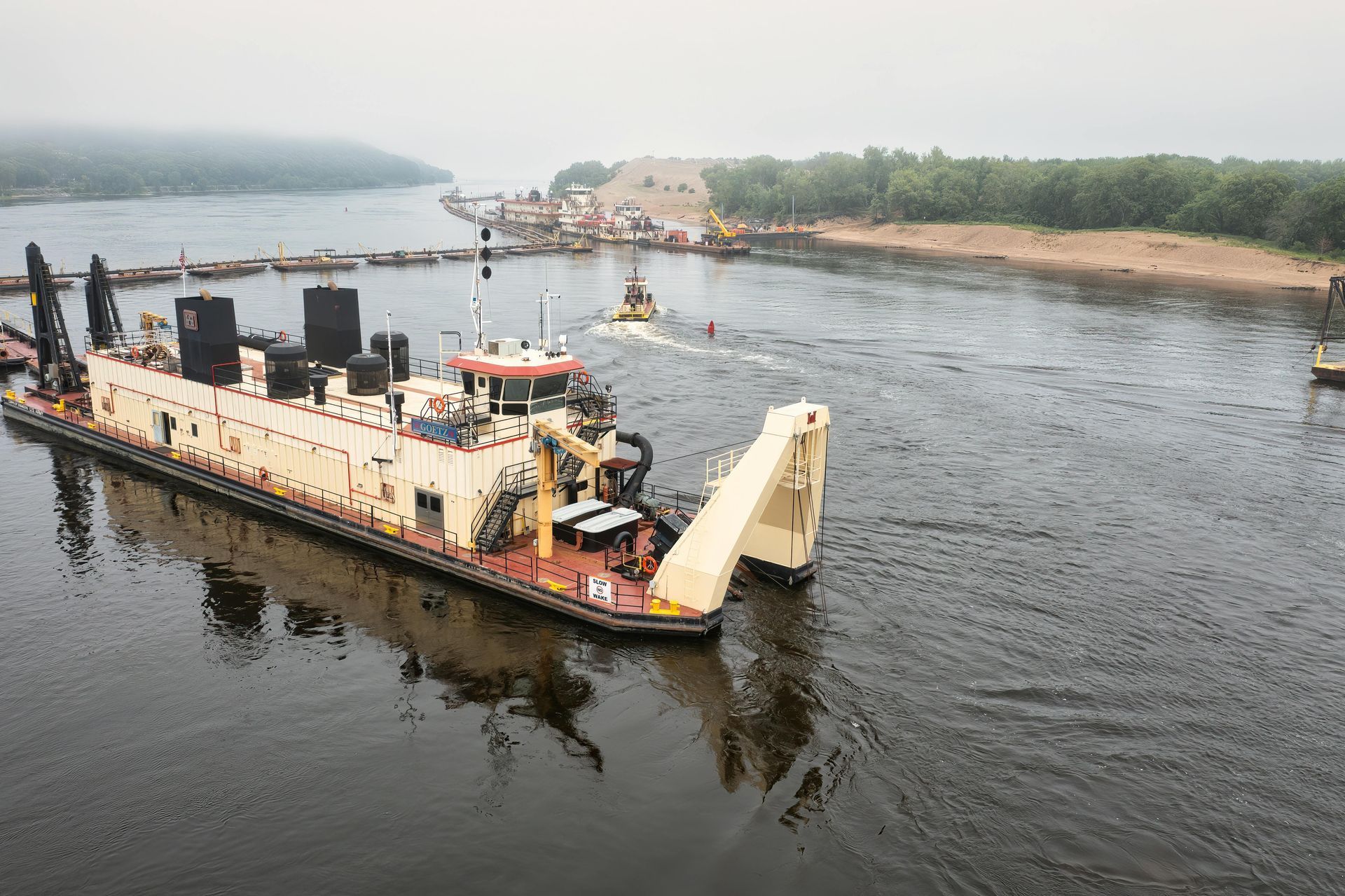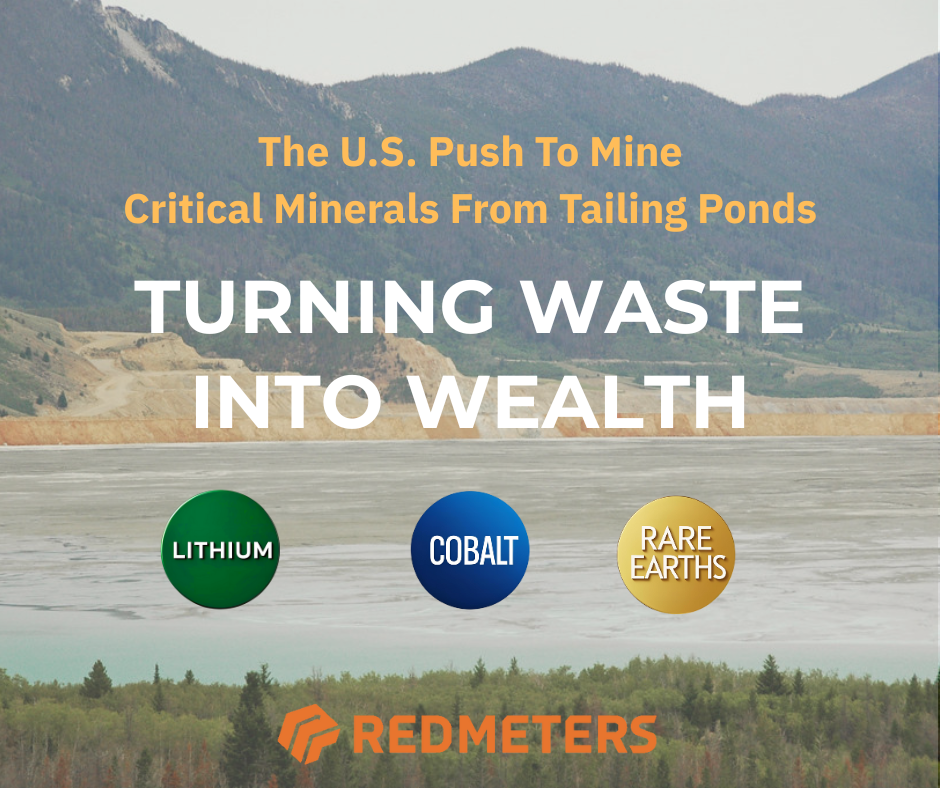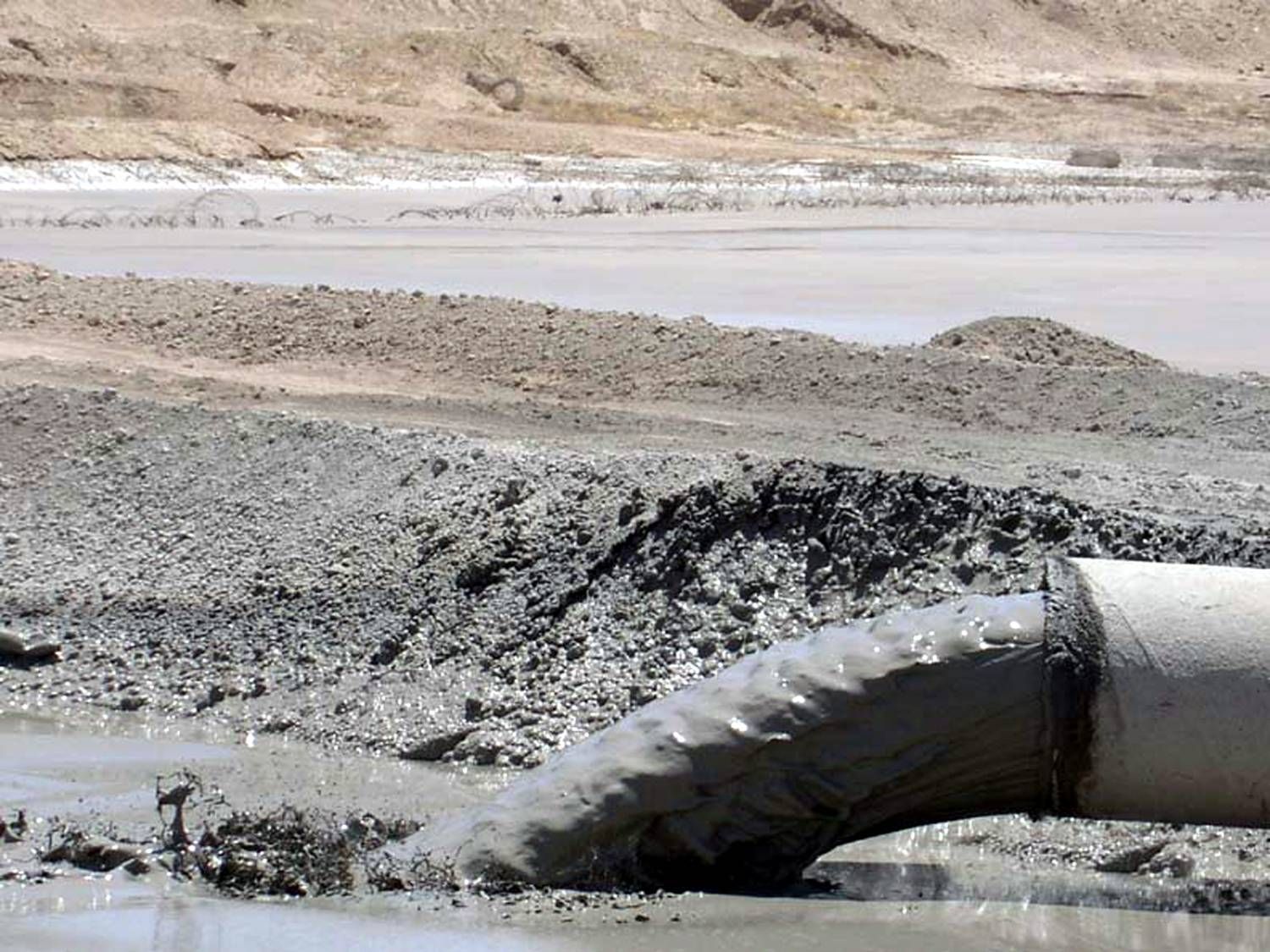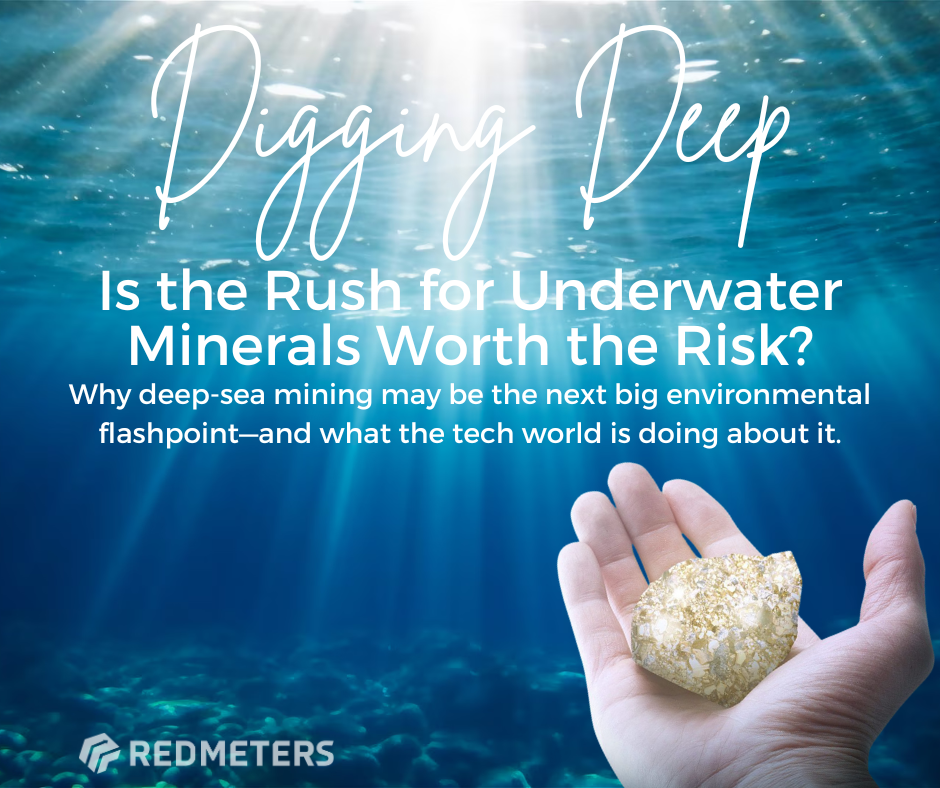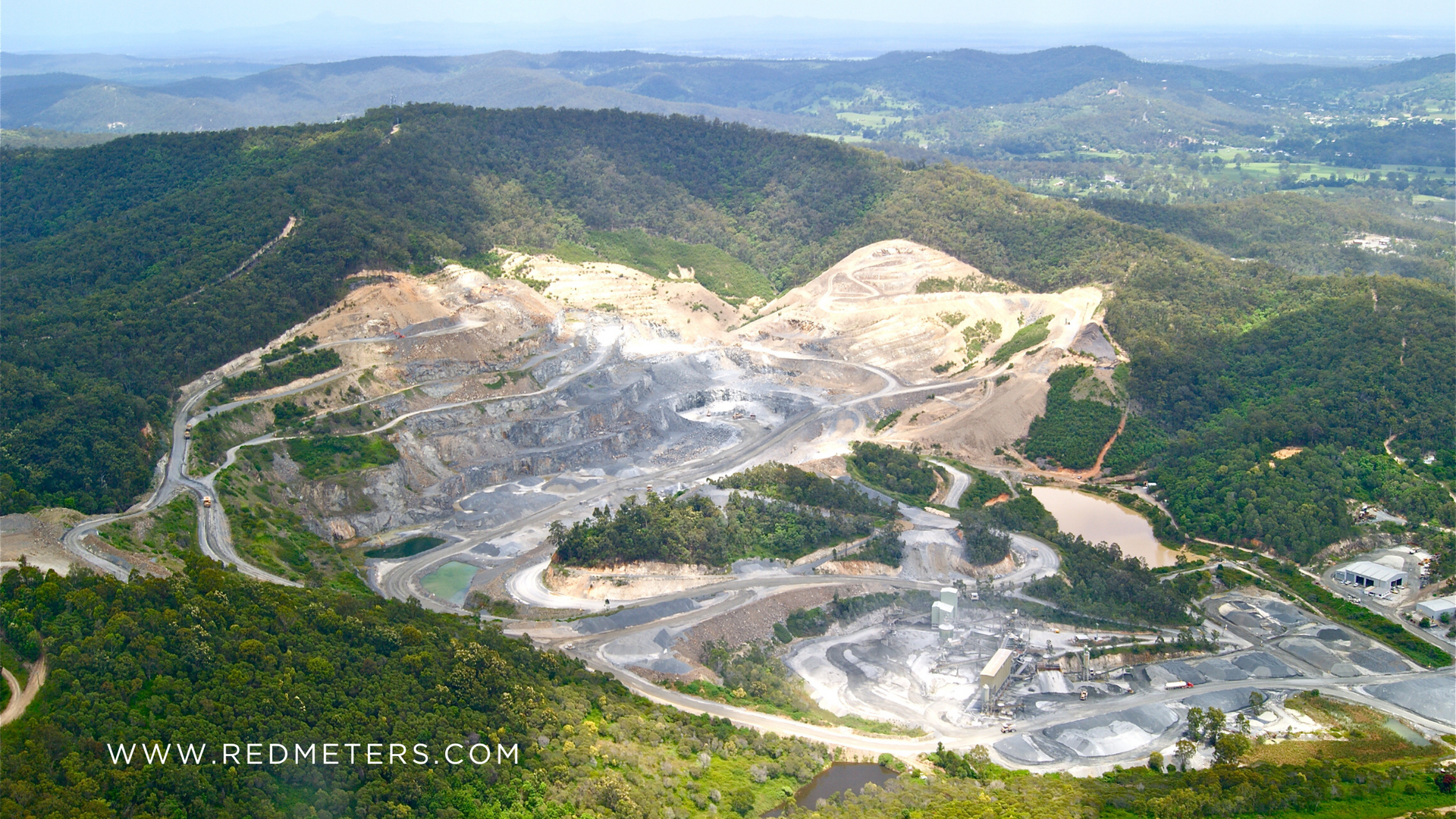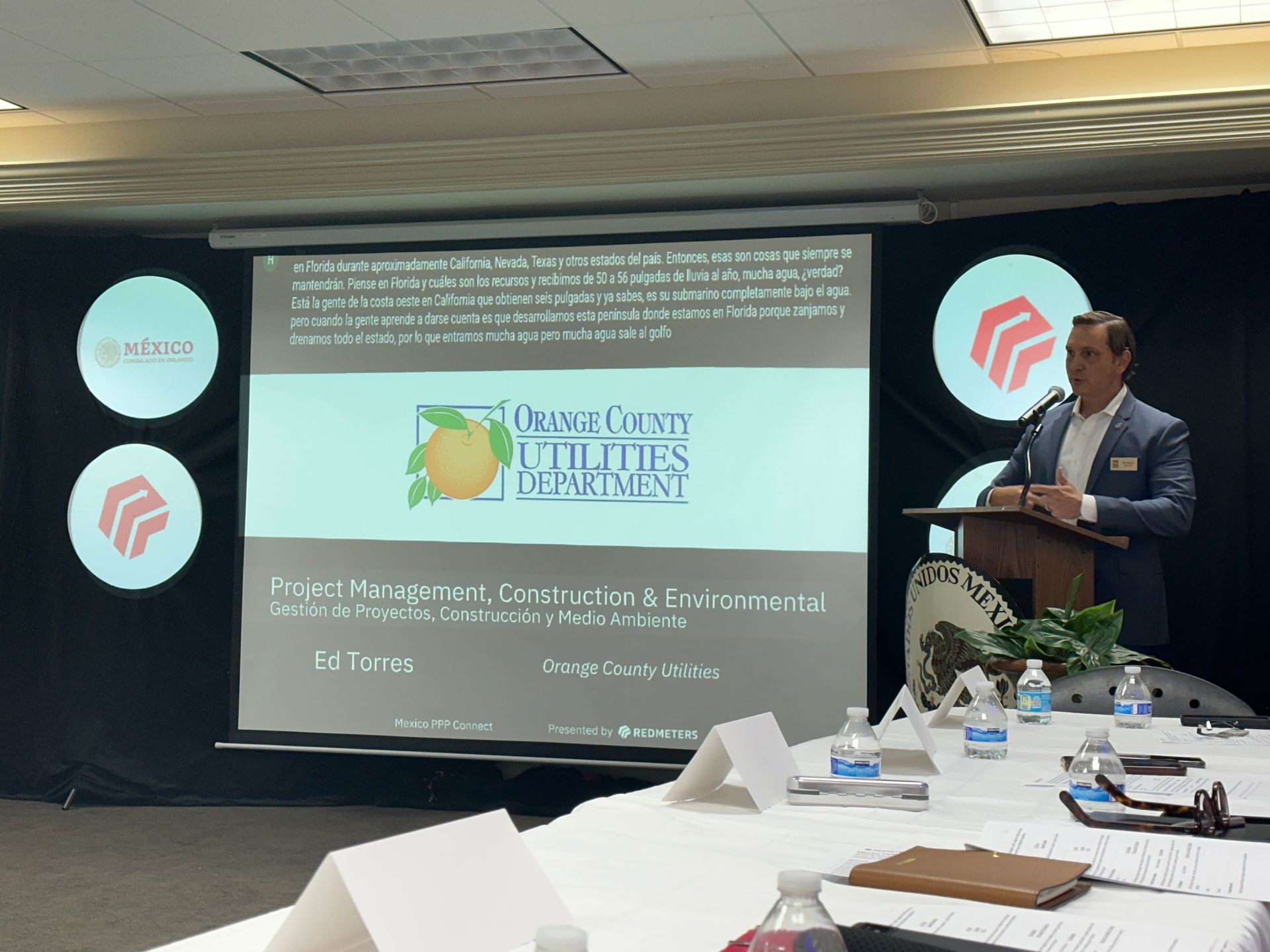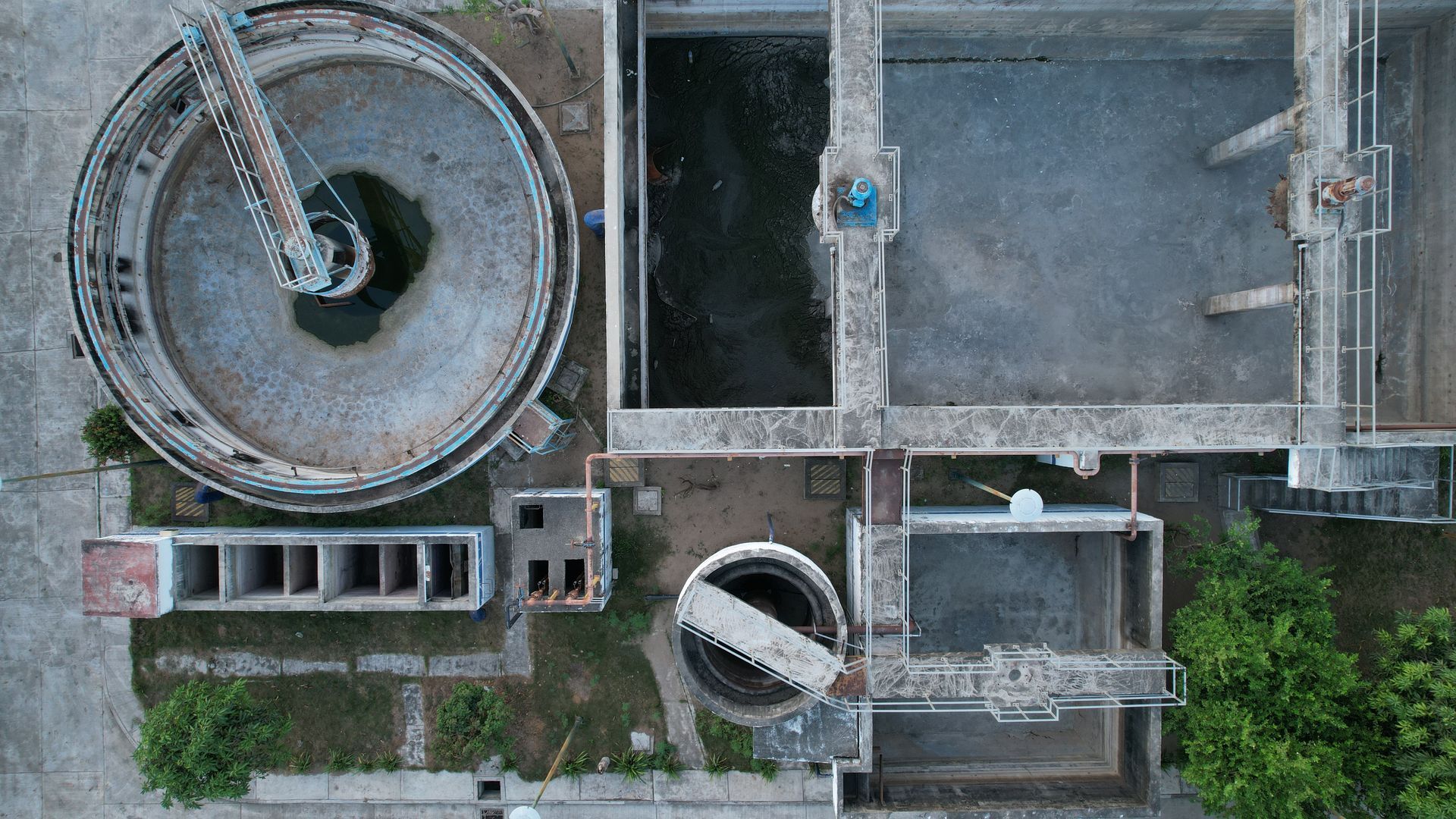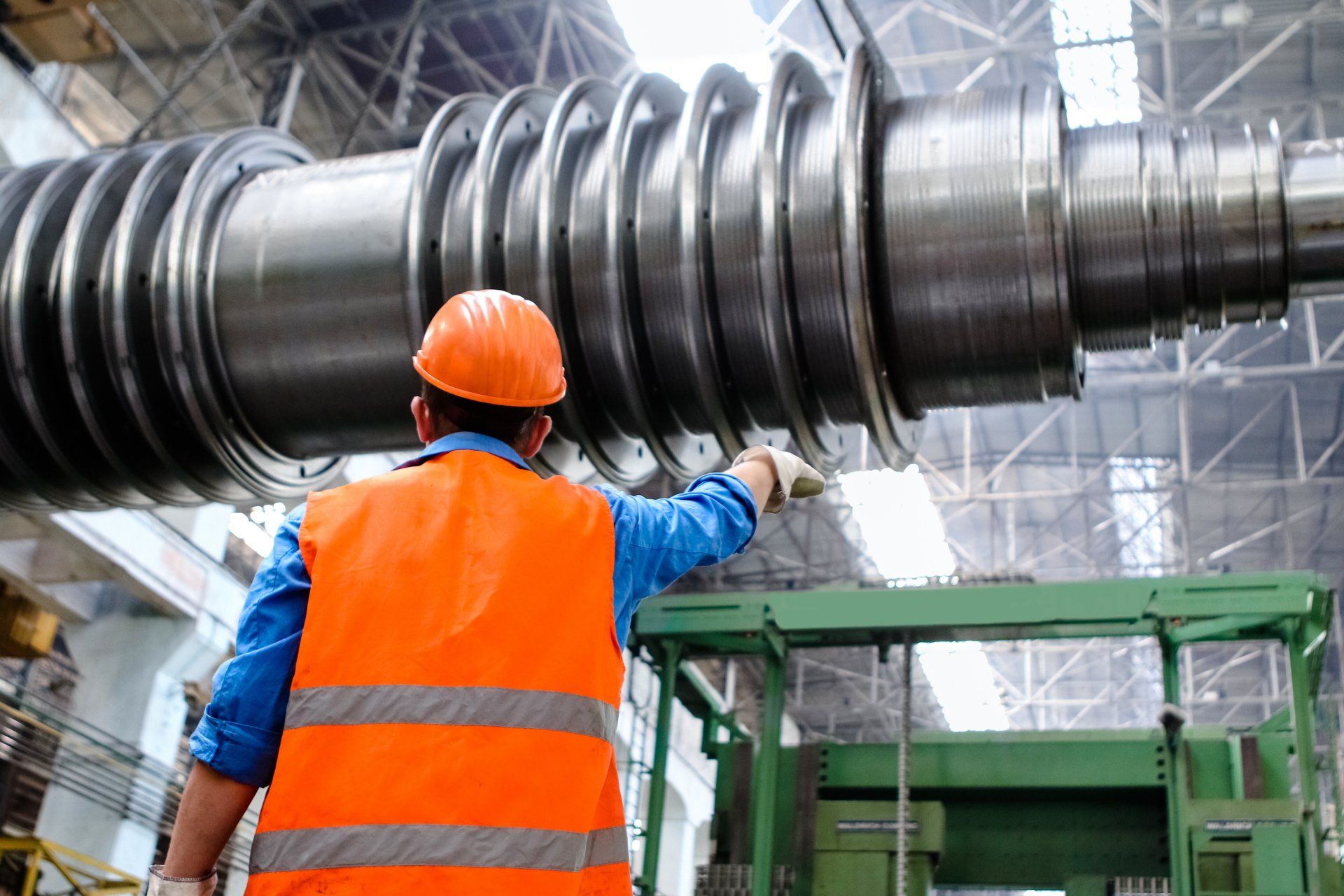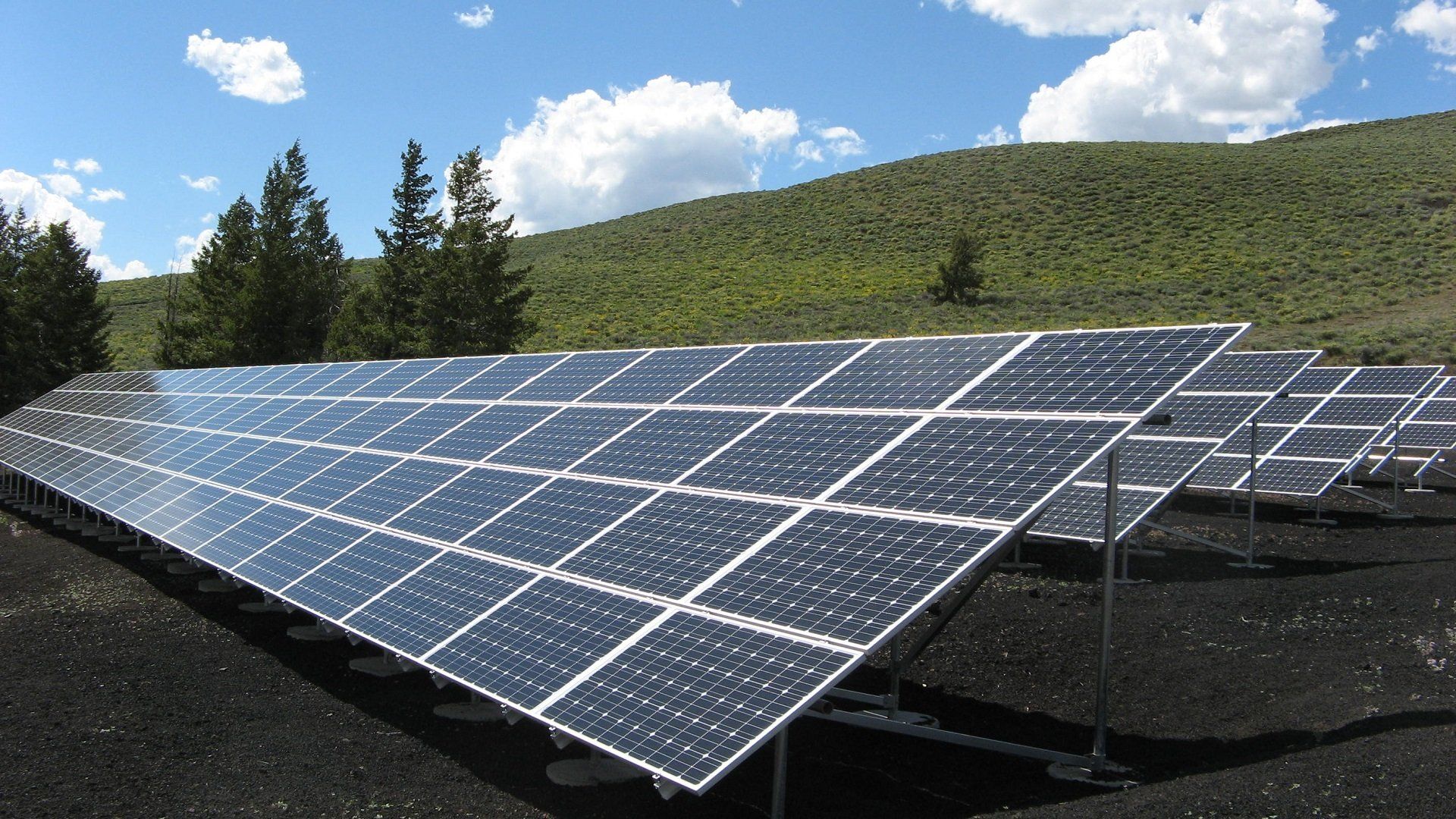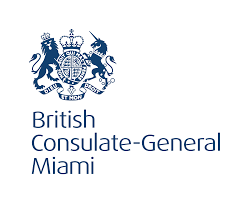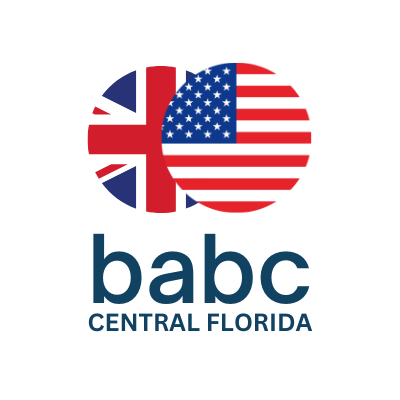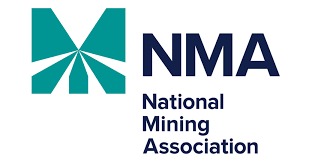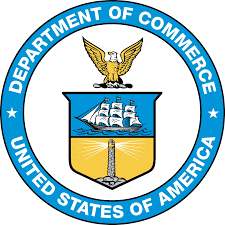Tailing Ponds: What are they & how can we improve them?
NEXT GEN MEASUREMENT
The industrial sector is recognizing the demand for more accurate instrumentation in tailing ponds mining operations. The implications accuracy has on the process are significant – as are the potentialities for risk mitigation.
What Are Tailing Ponds?
Tailing ponds serve as temporary storage facilities for “tailings,” a byproduct of the industrial mining process. In order to convert tailing into a more manageable, transportable media that can flow through a pipeline, it is combined with water to form a slurry. Once this slurry reaches its target destination, tailing ponds serve as temporary storage facilities where the water can then be reclaimed for recycled use in a process known as sedimentation.
To set the stage for the sedimentation process, overburden (i.e. the bulk waste rock that envelopes the target ore) is separated from the target tailing. Once complete, the sedimentation process then separates the valuable fraction from the uneconomic fraction (known as “gangue”) from the ore.
Two methods of sedimentation are common in mining: placer mining and hard rock mining. Placer mining uses a combination of water and gravity to concentrate the valuable fraction, while hard rock mining uses chemical reactions to concentrate the valuable fraction. In hard rock mining, sedimentation requires comminution (i.e. pulverizing the target ore into fine particles). Comminution processed tailings compose a slurry of fine particles and water; this slurry is what is known as “tailings.” Once the sedimentation process is complete, the “reclaimed” water is then recycled back into the extraction process.
This water reclamation process is a critical step in the mining process, as this process can have both environmental and fiscal consequences if not conducted with precision instrumentation.
Challenges & Impacts
Tailings can be dangerous sources of harsh chemicals such as heavy metals, sulfides, and radioactive media. In the case of tailing dams, ponds are also vulnerable to major breaches or leaks from the dams, causing environmental disasters. Due to the harsh nature of the chemicals found within tailing ponds, breaches, groundwater leakage, emissions, bird death, and even human rights violations, tailing piles and ponds are all potential concerns and therefore the source of intense regulatory scrutiny.
In 2020, the first UN-level standard for tailing management was established to mitigate the impact tailing ponds could have on the environment. Because of the risks associated with tailing ponds, it is crucial miners use the most up-to-date technologies available to them so they can detect exactly what is in their tailing ponds.
Piney Point, a phosphate mining waste pond in Florida is a shining example of the potential impacts tailings ponds have on the environment. Because of a latent breach in the tailing pond walls, governor Ron DeSantis declared a “stage of emergency” regarding the pond’s “imminent collapse.” Local residents were evacuated and emergency pumping protocols were initiated to prevent a breach from flooding local residences along with entering Port Manatee with contaminated media. This case cost the mining company dearly. Now, if this is the consequence of only a latent threat, imagine the impact of a retrospective catastrophe. A breach in a tailing pond wall could lead to media loss, contamination clean-up, and reconstruction costs.
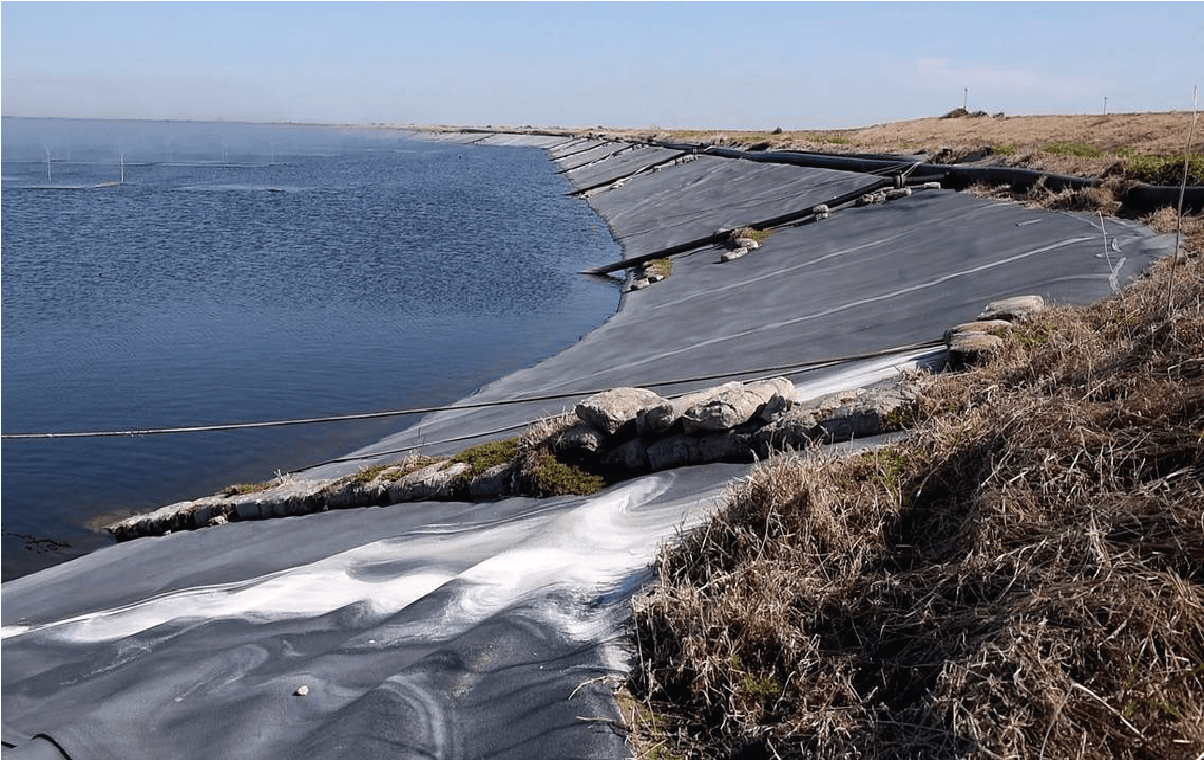
In the case of the Yankee Doodle tailings pond in Montana, a neglect in maintenance led not only to a latent environmental threat, but a direct threat to the public safety of local residents. Operations managers neglected to pump new water into the tailings pond, causing the media to form contaminated dust clouds to fill the local air.
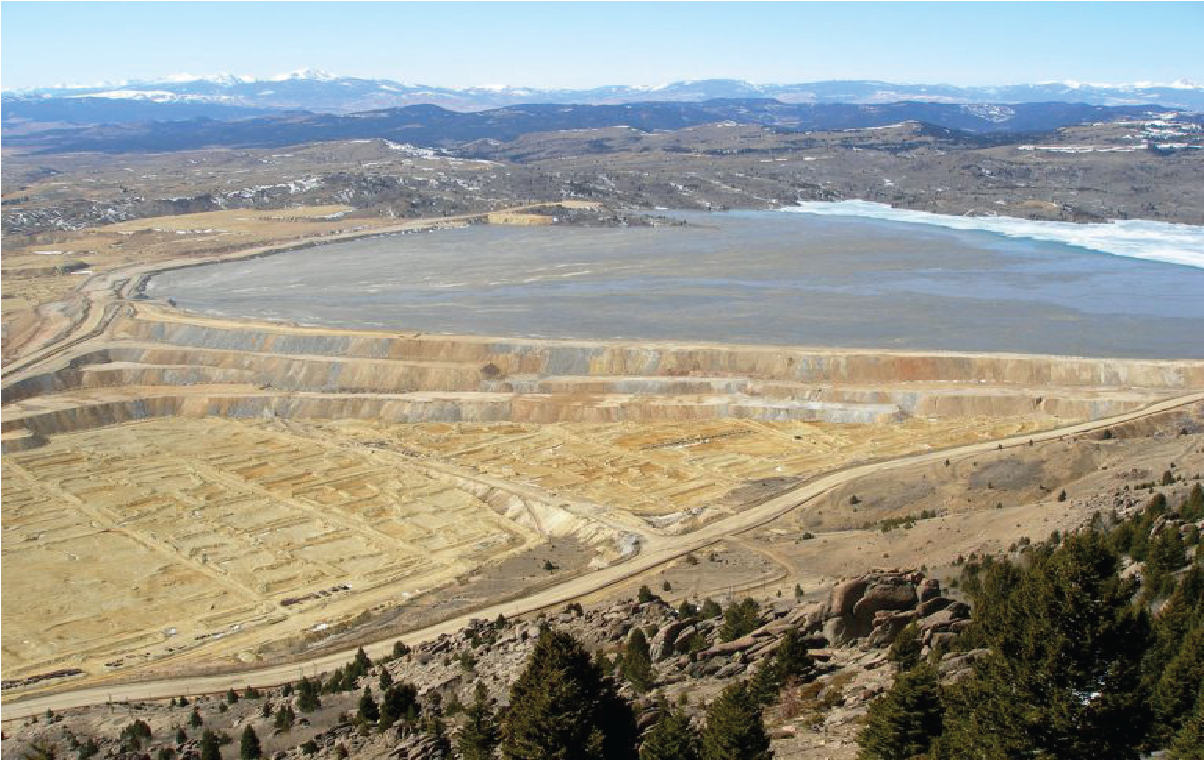
The Fiscal and Environmental Impacts of Inaccurate Measurement
During the sedimentation process, is it critical for engineers to have accurate instrumentation for measuring the percent of water-to-tailing separation, along with what media is included within the tailings. Often this data is measured on the micronic scale; minor errors in accuracy, however low the percentage, can result in major losses in both materials and, ultimately, capital. Without using the correct precision instruments, the water reclamation stage is a missed opportunity to reduce the amount of freshwater used in tailing pond processing.
What’s more, inaccuracies in measurement lead to a higher percentage of the valuable fraction ending up in the tailing ponds as waste.
Conclusion
Tailing pond reclamation is a critical step in the mining process and must be conducted with mindful precision; if not to avoid the environmental impact, merely to mitigate the cost of operations. Regardless of where your bias leans, the two problems share a solution in precision measurement instrumentation. The more accurate your instrumentation, the less waste you generate; the less waste you generate, the less new media engineers will need to introduce into your process.
